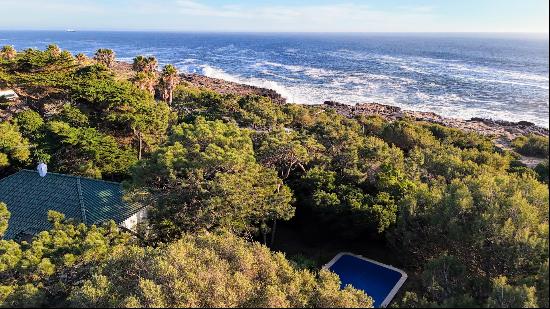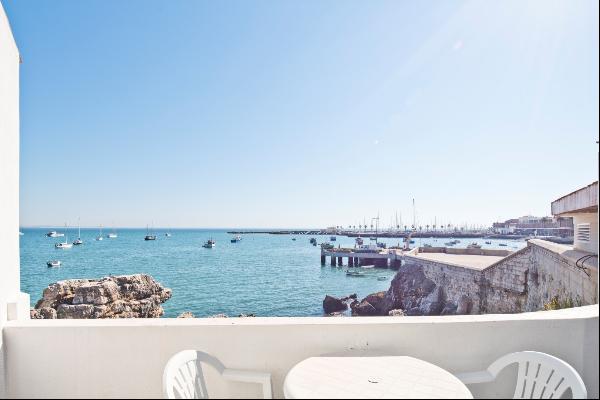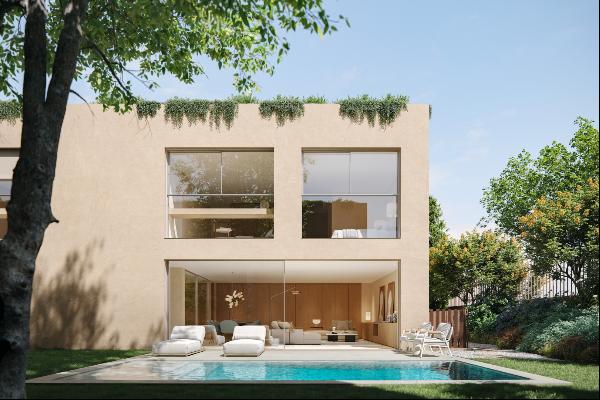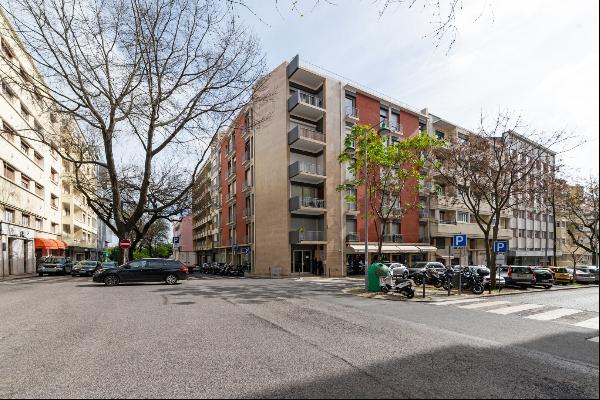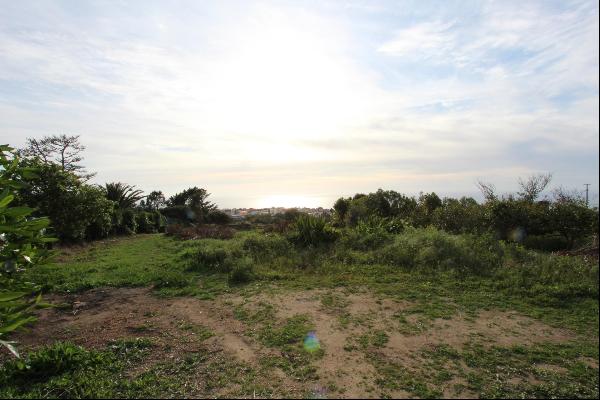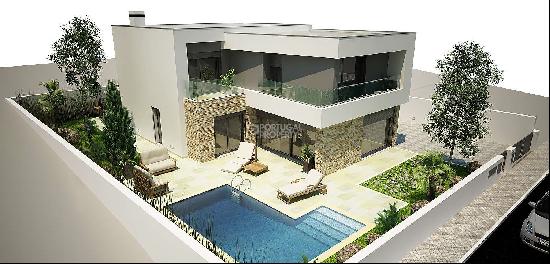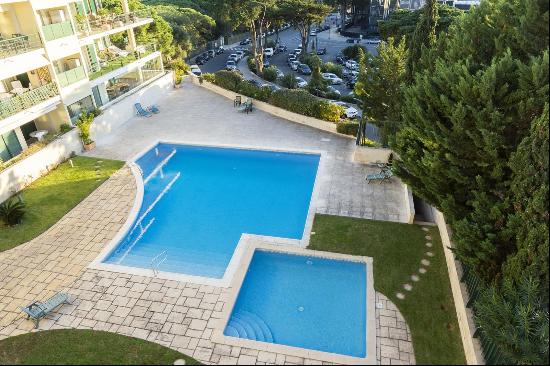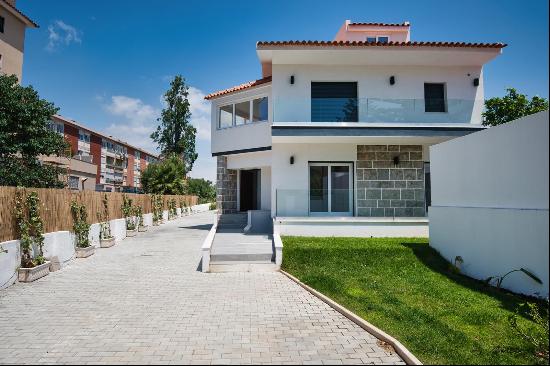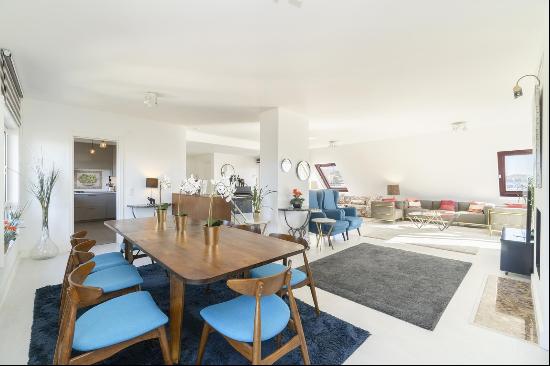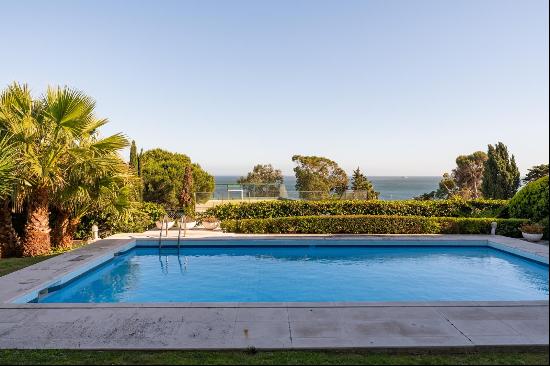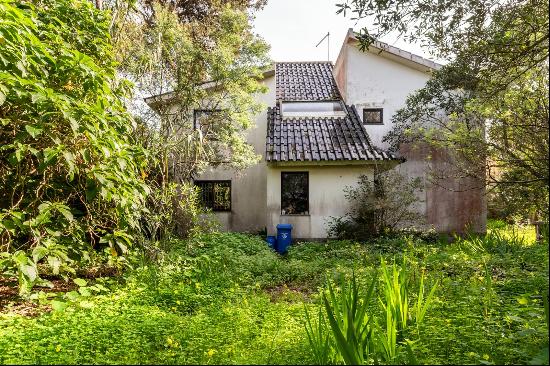
By Mersiha Bruncevic
Secrets and Stories, a documentary about the life and work of the British-Portuguese artist Paula Rego (pictured above, in 2004), opens with footage from the 1950s. The film, which was made in 2017, shows an adolescent Rego on the beach, playing among the breaking waves. The sand is bright yellow, the sky impossibly blue, and the striking cliffs in the background are almost lunar. This is Ericeira, the small Portuguese fishing village where Rego spent much of her childhood.
The house in Ericeira where Rego, who died recently, grew up and lived as an adult from 1957 to 1974 is the setting for many of her paintings. Quinta Figueroa-Rego is a seaside villa with whitewashed walls and a blue and white Azulejo mosaic on its facade depicting the Virgin Mary and the Immaculate Heart. In the documentary, there is another clip that shows a young and beautiful Rego dancing on the terrace with her husband, the artist Victor Willing, and their friends. It repeats as a refrain throughout the film; the easy happiness of that moment coupled with the understated beauty of the house is what, for me, makes it the perfect fantasy home.

It is the paradox at the heart of the quinta that draws me to it. It was a place that Rego’s son, Nick Willing, described as “an artists’ sanctuary”, a place of “excitement, sexiness” and “saudade” — the Portuguese notion of a bittersweet longing for a person or a place. According to Victor Willing, life there felt like an endless, waking dream. But it was not always a happy place for Rego. There were her many artistic successes and the birth of her children, but also her husband’s decades-long painter’s block and the many affairs both Rego and Victor had while living there. Somehow, though, this is what appeals to me the most: a fantasy home must harbour within it a real life — one of both happiness and heartache.
In 1988, as he neared the end of his life after a long illness that left him paralysed, Victor urged Rego to finish a picture she had been working on, called “The Dance”. The painting shows an otherworldly scene where a group of friends dance on a terrace-like rampart overlooking the Ericeira sea. The sky is a dreamy blue, the surrounding cliffs hover strangely, the moon and the whirling skirts are bright yellow. Rego dances on her own in the picture while her husband — young, handsome and smiling — dances in the arms of another woman. “The Dance” is not so much a farewell to her ailing husband as a final conjuring of those dancing days on the terrace in Ericeira.

For me, it’s the freedom of the life that Rego experienced in the 1960s that makes those days at the quinta an ideal, a fantasy. The freedom to create and love as one pleases is a rare thing — but for a time there seemed to be an abundance of it in this simple house by the sea, overflowing with the strange sweetness of life and all its human intricacies.
Today, Ericeira is a surfing hotspot. All around the town there are surfboards propped up against the whitewashed walls of the houses. Heavy wetsuits hang dripping off clotheslines in the shadowless, afternoon sun. Paintings like Rego’s seem impossibly discordant here, like memories of a time or a dream that perhaps never was. But then, as you walk along the beaches, a woman catches your eye. The black hair and high cheekbones are familiar. She meets your gaze for a quick moment and you suddenly find yourself looking at Rego as she appears in “The Dance”, smiling uncertainly and secretively.
Photography: Independent/Alamy Stock Photo; AZUL/Ericeira Mag; © Rob Lumen Captum/Dreamstime.com





